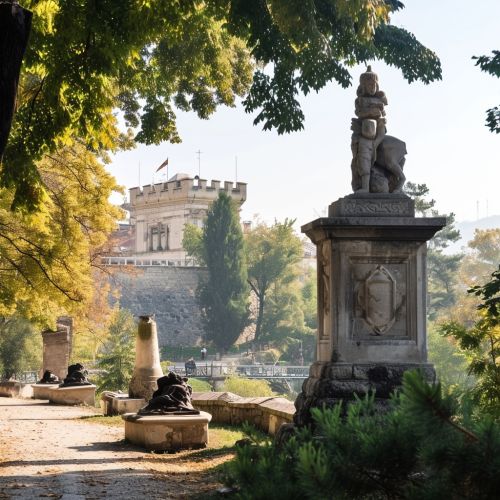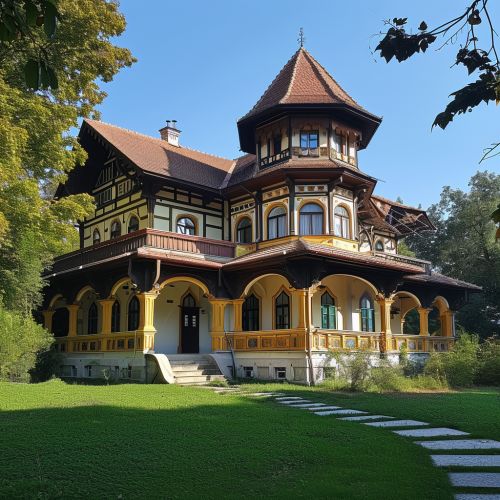Culture of Romania
History
Romania's history is rich and complex, with its origins dating back to the Dacian civilization Dacian civilization, which existed between 82 BC and AD 106. The Dacians were conquered by the Roman Empire Roman Empire, and thus began the process of Romanization Romanization, which deeply influenced the development of the Romanian language Romanian language and culture.


Language
The Romanian language is a Romance language Romance language, closely related to Italian, Spanish, French, and Portuguese. It is the only Romance language spoken in Eastern Europe, and it has preserved a number of features of Latin Latin that have been lost in other Romance languages.
Religion
The predominant religion in Romania is Eastern Orthodox Christianity Eastern Orthodox Christianity, with approximately 81% of the population identifying as Orthodox Christians. Other religious groups include Roman Catholics, Protestants, and a small but historically significant Jewish community.
Literature
Romanian literature Romanian literature has a long and distinguished history, with its roots in the 17th century. The 19th and 20th centuries saw the emergence of many notable Romanian authors, such as Mihai Eminescu, Ion Creangă, and Mircea Eliade, whose works have been translated into many languages and are studied in schools and universities around the world.
Music
Romanian music Romanian music is diverse and unique, reflecting the country's multicultural heritage. It ranges from traditional folk music, which is still very much alive in rural areas, to modern pop and dance music. Romania has also made significant contributions to classical music, with composers like George Enescu and performers like Angela Gheorghiu gaining international acclaim.


Cuisine
Romanian cuisine Romanian cuisine is hearty and diverse, with influences from many different cultures. Traditional dishes like sarmale (stuffed cabbage rolls), mămăligă (polenta), and mititei (grilled sausages) are popular, as are various types of soups and stews. Romania is also known for its wines, with the country being one of the largest wine producers in Europe.
Folklore
Romanian folklore Romanian folklore is rich in myths, legends, and fairy tales, many of which have been passed down through generations. Folklore plays a significant role in Romanian culture, influencing literature, music, and the visual arts.
Visual Arts
Romanian visual arts Romanian visual arts have a long history, from the frescoes of medieval monasteries to the avant-garde movements of the 20th century. Notable Romanian artists include Nicolae Grigorescu, one of the founders of modern Romanian painting, and Constantin Brâncuși, a pioneer of modern sculpture.
Architecture
Romanian architecture Romanian architecture is diverse and unique, reflecting the country's historical and cultural evolution. It ranges from the Dacian fortresses and Roman amphitheaters, to medieval castles and monasteries, to the grandiose buildings of the communist era.


